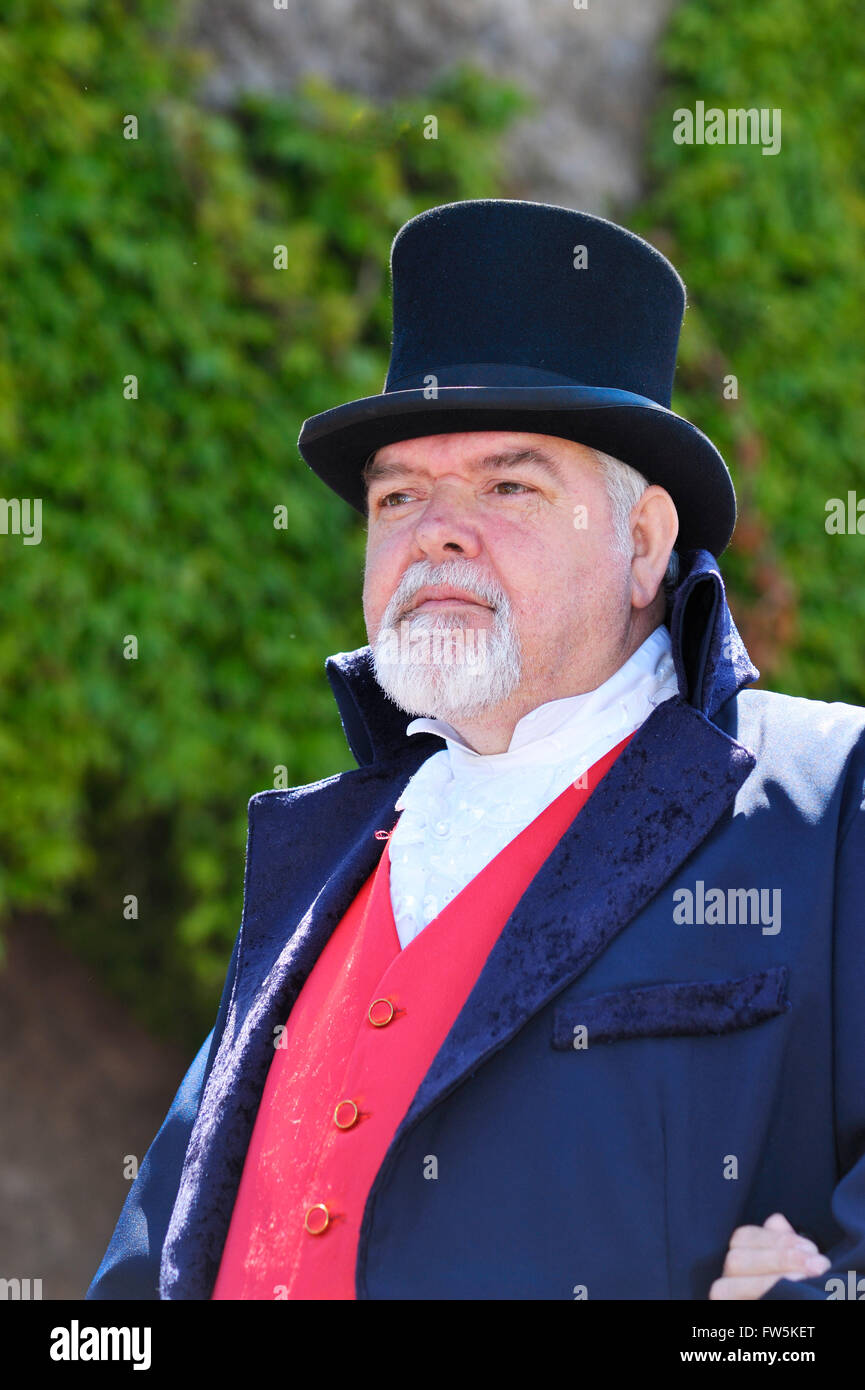
### **Leonard Digges (c. 1515–c. 1559): The Overlooked Trailblazer of English Mathematical Literature**
Among the elite of sixteenth-century English mathematicians, Robert Recorde, the Welshman known for the equals sign (“=”), and John Dee, the erudite mathematician engaging with mathematics, navigation, and mysticism, often dominate discussions. Yet, Leonard Digges remains an unheralded figure whose input in practical mathematics and scientific instruments has undoubtedly made a significant and enduring impact. While his more renowned son, Thomas Digges, tends to eclipse him, Leonard is deserving of acknowledgment as a pivotal contributor to the evolution of English mathematical and scientific thought. He played a crucial role in disseminating technical knowledge to a broader English-speaking populace and facilitated the access of scientific tools and methods to everyday craftsmen, artisans, and navigators.
#### **Leonard Digges’ Life and Social Background: A Kentish Gentleman**
Leonard Digges was born circa 1515 in Barham, Kent, into a well-to-do and powerful landowning family. Both his grandfather, John Digges, and his father, James Digges, served as High Sheriff of Kent, a prestigious local office. The family’s affluence provided Leonard with opportunities that many of his peers would not have encountered—opportunities he leveraged to expand not only his personal knowledge but also the scientific comprehension of his era.
Although it is speculated that Leonard might have studied at Oxford University, concrete evidence to substantiate this claim has not survived. What we do know is that he gained admission to Lincoln’s Inn in 1537, a notable legal institution. However, unlike his ancestors, he did not pursue a lengthy career in county administration or public duties. Rather, Leonard Digges dedicated his existence to scientific endeavors. By 1545, he participated in efforts to defend the Kent coastline and supported Sir Thomas Wyatt the Younger’s brief yet ultimately futile uprising against Queen Mary I’s intended union with Philip II of Spain. Following the rebellion’s collapse, Digges faced charges of high treason. Although he was later pardoned, the accompanying fine and loss of property represented a significant downturn in his fortunes.
#### **Initial Steps into Mathematics and Science**
Leonard Digges’ initial engagement with mathematics is recorded in 1542 when he and three other scholars visited the Castle of Guînes in the Pas-de-Calais. There, they partook in spirited discussions concerning geometry, navigation, and artillery. This early contact with continental intellectual ideas proved pivotal, laying the groundwork for what would become a notably prolific mathematical career.
He authored a range of texts, covering topics from surveying to artillery; however, few saw publication during his lifetime. His *Prognostication of Right Good Effect, Fruitfully Augmented* (1555) and *A Booke Named Tectonicon* (1556) provide insights into the formative stages of his intellectual journey and the practical implications of his mathematical knowledge.
#### **The Groundbreaking Works: *Prognostication* and *Tectonicon***
##### *Prognostication of Right Good Effect* (1555)
Published during one of Digges’ less stable periods, *Prognostication* served as an almanac that also functioned as an easily accessible reference manual for skilled workers and those intrigued by the emerging field of astronomy. In contrast to many people’s annual astrological almanacs, Digges’ work aimed to present universal principles that were durable over time.
The book encompassed more than just predictions of astrological occurrences; it featured calendar tables, agricultural recommendations, rules for weather forecasting, and even an introductory guide for utilizing instruments like quadrants, geared towards sailors and craftsmen. The publication remained profoundly influential, with at least thirteen subsequent editions, particularly under the extended title *A Prognostication Everlasting*, many of which were revised and expanded by his son Thomas.
This work underscored Digges’ conviction in the usefulness and enjoyment of science, famously asserting that:
> “The ingenious learned and well experienced circumspect student mathematical receiveth daily in his witty practices more pleasant joy of mind than all thy goods (how rich however thou may be) can at any time purchase.”
This statement highlights his passion for the elegance and relevance of mathematics, encouraging readers to value both its intellectual rewards and its practical applications in everyday life.
##### *Tectonicon* (1556)
While *Prognostication* took a more general approach, *Tectonicon* explored mathematical methodologies pertinent to craftsmen and surveyors. Composed in English, rather than the customary Latin used in scholarly works, this book aimed to reach a wider audience, allowing carpenters, masons, and surveyors to reap direct benefits from its teachings.
The *Tect